Geography
Phitsanulok province covers some 10,584.5 sq. km. The riverside provincial capital is 377 km. North of Bangkok. Phitsanulok is situated on the geographical and administrative line uniting the central and northern regions. Phitsanuloke, located in Central Northern Thailand is a modern city. Ideal as a stepping stone for the Northern visitors attractions including Sukothai.
Phitsanulok was the birthplace of King Naresuan the Great of Ayuthaya (reign : 1590 - 1605), and his brother Prince Ekathosarot. Phitsanulok has long been an important center for political and strategic reasons. Phitsanulok was a major center of recruitment when Ayuthaya waged war with Burma, and was the capital of Thailand for 25 years during the 1448-1488 reign of Ayuthaya’s King Boromtrailokanat.
The climate of Phitsanulok is generally hot and humid. It borders with Uttaradit in he North, Pichit in the south, Loei and Phetchabun in the East, Kamphaeng Phet and Sukhothai in the West. Covering an area of 10,815.8 sq.km., the province is divided into 9 Amphoes : Muang , Bang Rakam , Nakhon Thai , Phrom Priram , Wat Bot - BangKrathum , Chat Trakan , Noen MaPrang , Wang Thong
City Attraction
Wat Phra Si Rattana Mahathat his monastery commonly called by the inhabitants as "Wat Yai" is the most important monastery of Phitsanulok, the home of the famous Phra Buddha Chinnarat. It is located at the foot of Naresuan Bridge on the city side of the river.The monastery was built in the reign of Phra Maha Thamma Racha I (Phraya Lithai) In 1357 A.D. It houses the Phra Buddha Chinnarat regarded as the most beautiful Buddha image in Thailand. It is cast in the attitude of subduing evil. Later, in 1631, King Ekatosarot graciously bestowed some of his gold regalia to be beaten into gold - plate and applied them to the image worth his own hands, creating its most beautiful Buddha image. There are many other beautiful and noteworthy items in the monastery compound. The mother - of - pearl inlaid wooden doors of Vihara are especially splendid, and were built by King Boromkot in 1756 as a dedication to phra Buddha Chinarat. Behind the Vihara, there is a large Prang 36 meters high, with a staircase leading up to the niche containing the Buddha relics. In front of the Prang, there is Phra Attharos, and on the 9 room Vihara slope. There remains only the newly-renovated Buddha image.
Wat Ratchaburana nad Wat Nang Phya Is located on the eastern bank of the Nan river, near Wat Phra Si Rattana Mahathat to the south. These two monasteries, assumed to be built when Phitsanulok City was ruled by King Boromtrailokanat, have linking compounds. Wat Nang Phya has temple or bot but it is known for the so-called "Phra Nang Phya" votive tablets special fine form of the 3-head nagas decorated on their eaves.
King Naresuan the Great Shrine The shrine is located in the compound of the Phitsanulok Phittayakom school, and depicts the seated king ceremoniously declaring Ayuthaya's independence from Burma. The shrine was constructed on the site of the Channdra Palace where King Naresuan was born in 1555.
Chattrakarn Waterfall National Park

Chattrakarn waterfall, also called Pakrong Waterfall, is situated in Amphur Chattrakarn of Phitsanulok Province. This park protects the streams which form the headwaters of the Nan River. A variety of evergreen forest types are present. Chattrakarn Waterfall, which its beautifull steps, is surrounded by cliffs. Chattrakarn is the waterfall with beautiful sandy beach suit for swimming and recreation. Some of these are inscribed by yet unexplained rock carvings.
Topography
Most of this area is high and complicated mountains. The area has been the main source of many rivers, such as, Park River and Kwaenoy River. The mountains are sandstone especially at the cliff of the waterfall because of the layering of sandstone’s stratum deposited millions of years ago. So the soil in this area is sandy soil because its source is sandstone.
Climate
The weather is comfortable, and consists of three seasons, March to May is summer that temperature is 25-29 degrees Celsius, June to October is the rainy season, and December to February is winter which is very cold at night.
Flora and Fauna
Consisting of mixed forest and lateritic soil, the area locates on low level. The plants in this area are Siamese sal, Ingyin, Dipterocarpaceae, Ironwood, Buemese ebony and Shorea, for examples. There also have thick forests along the streams, and in areas which are soaked and fertile. The main plants of the thick forests are Yang, Dipterocarpaceae, Fagacear, wild mango, Makhaa Mong, and Lagerstroemia, for examples, and the shrubberies are palm, rattan, and many kinds of bamboo. Most of wild animals migrate to, and live in neighboring Phumiang - Phutong Animals Conservation Area. The animals found are small-size animals, such as, barking deer, wild boar, jungle fowl, chevrotain, squirrel, chipmunk, and many kinds of bird.
How to Get ThereFrom Phitsanulok, take Highway 12 to Lomsak and turn at the sixty-eight kilometer marker leading to Amphoe Nakhon Thai. From here, proceed on to Amphoe Chat Trakan. Turn right one kilometer before reaching Amphoe Chat Trakan and drive straight for ten kilometers. After ten kilometers you should the National Park office. Continue driving straight for two more kilometers and you will be at your destination. The total distance of this trip is 152 kilometers. To contact the Namtok Chat Trakan National Park Office call: 0-5523-7028





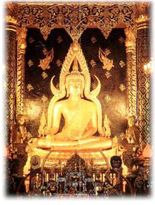
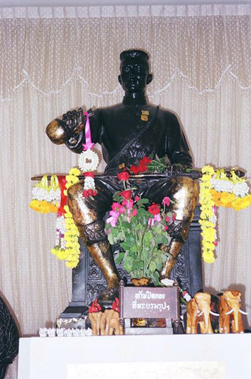
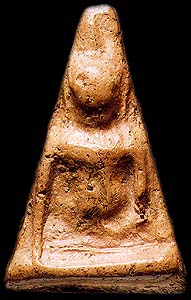
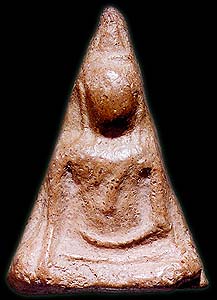
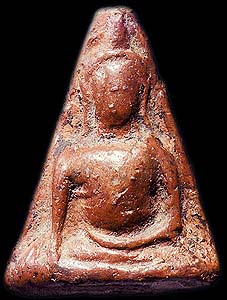
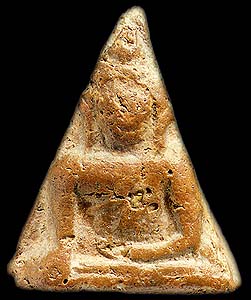
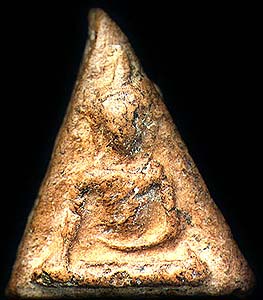
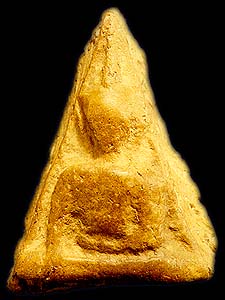
No comments:
Post a Comment